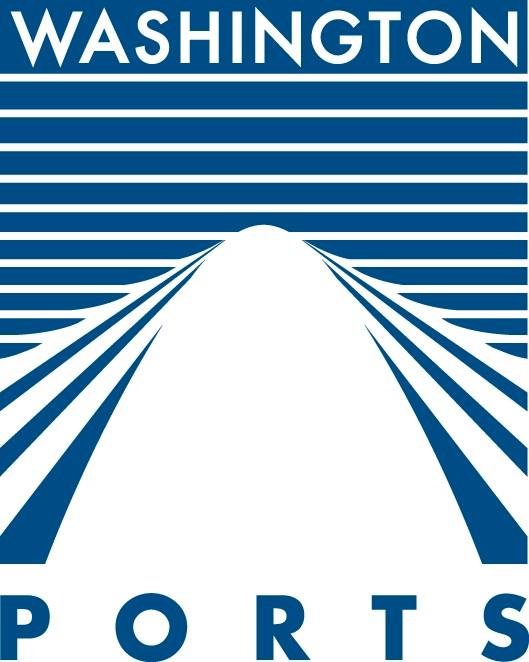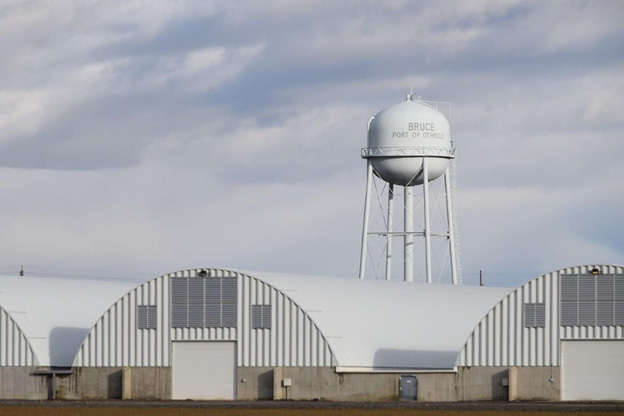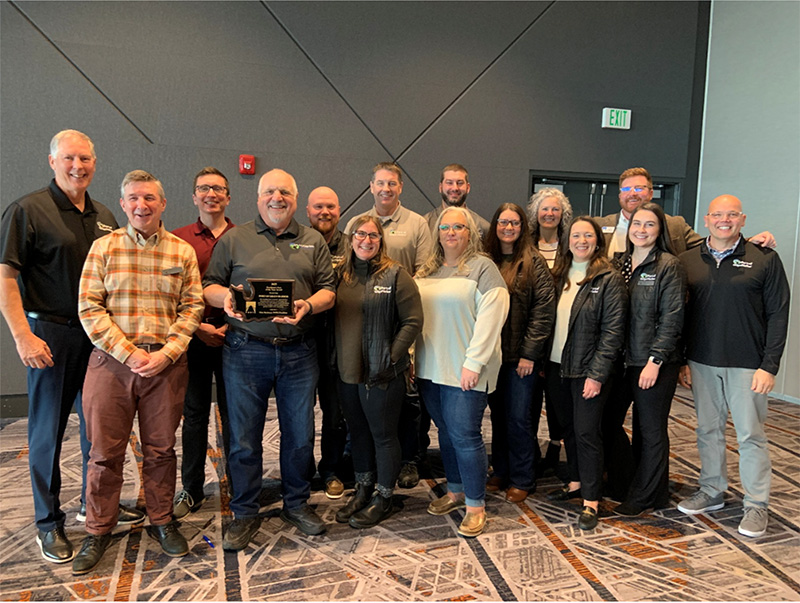Federal surface transportation policy took the spotlight last week at the U.S. Department of
Transportation (USDOT) headquarters in Washington, D.C., as Secretary Sean Duffy kicked off a new
initiative to gather stakeholder input on the next Federal Surface Transportation Reauthorization. A
formal “Request for Ideas” has been posted in the Federal Register, with comments due by August 20.
But what exactly is surface transportation—and why does it matter to Washington’s port districts?
Currently, the Infrastructure Investment and Jobs Act (IIJA)—also known as the Bipartisan
Infrastructure Law (BIL)—serves as the nation’s surface transportation policy. This legislation, which
expires in 2026, provides a long-term framework for planning, funding, and managing transportation
infrastructure across the country. It supports roads, rail, public transit, and port infrastructure, while
also guiding safety priorities, environmental permitting, and agency rulemaking. In short, surface
transportation policy is essential to building and maintaining the infrastructure that keeps our economy
moving.
For Washington’s port districts, surface transportation has become increasingly vital. Recent
reauthorizations have expanded freight policy and introduced more funding opportunities—both
formula-based and competitive—that ports can now access. The FAST Act of 2015 marked a turning
point, elevating freight systems through the creation of the National Multimodal Freight Network,
the National Freight Strategic Plan, and the National Highway Freight Program, which allocates funding
to states via formula. Each subsequent reauthorization has built on this foundation, requiring states to
regularly update their Freight System Plans, as an example.
For the Washington Public Ports Association (WPPA), surface transportation reauthorization presents a
unique opportunity to engage in the state’s collaborative process for allocating federal formula funding
between state and local governments. This “state/local split” negotiation is unique to Washington and
occurs after each federal reauthorization. For example, following the passage of the IIJA in 2021, then-
Commissioner Mike Fredrickson of the Port of Walla Walla joined other local leaders, legislators,
WSDOT, and transit agencies to determine how Washington’s share of federal funding would be
distributed. While ports have historically had limited eligibility in some programs, that is beginning to
change.
In alignment with WPPA’s 2024 Strategic Plan, we are preparing to engage in targeted federal advocacy
focused on surface transportation reauthorization. Our members made it clear: WPPA’s federal efforts
should align with our state-level advocacy and be coordinated with key partners, including the Pacific
Northwest Waterways Association. By leveraging our members’ federal engagement and strengthening
partnerships, we can maximize our impact. WPPA will also coordinate with state-level partners,
including associations representing cities, counties, and other stakeholders. Oversight of these efforts
will be provided by WPPA’s Legislative Committee.
While the federal administration has just begun its outreach, Congress has already been gathering input
for some time. WPPA will dedicate time during our August Trade & Transportation Committee
meeting to develop and discuss potential priorities for the upcoming reauthorization. We encourage all
members to participate—come prepared to respond to proposals and share your ideas.
Additionally, USDOT is currently accepting comments on the next update of the National Freight
Strategic Plan—another key opportunity to influence policies that affect Washington’s ports. WPPA will
work closely with members to determine the best approach for submitting input.
If you have questions or would like to contribute to any of these efforts, please don’t hesitate to reach
out to Chris Herman, staff to the WPPA Trade & Transportation Committee.





